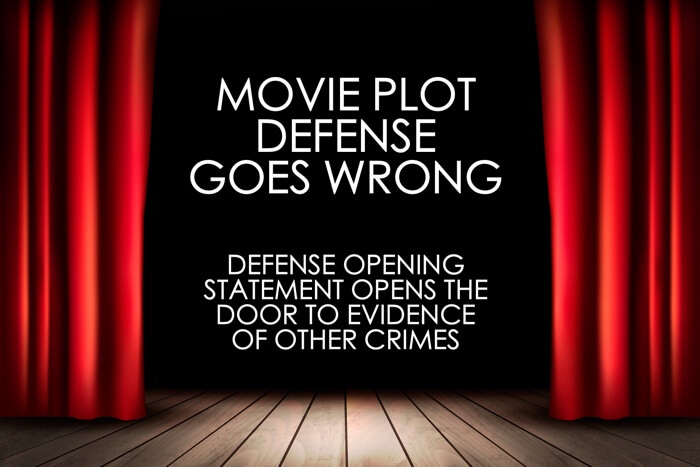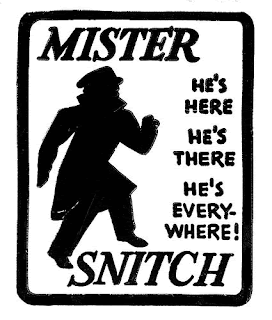
In City of Seattle v. Erickson, the WA Supreme Court held that the Prosecutor’s peremptory strike of a minority juror was a prima facie showing of racial discrimination requiring a full analysis under Batson v. Kentucky.
BACKGROUND FACTS
In 2013, Matthew Erickson, a black man, was charged in Seattle Municipal Court with Unlawful Use of a Weapon and Resisting Arrest. After voir dire, the City of Seattle (City) exercised a peremptory challenge against tjuror #5, who was the only black juror on the jury panel. After the jury was empaneled and excused from the courthouse with the rest of the venire, Erickson objected to the peremptory challenge, claiming the strike was racially motivated. The court found that there was no prima facie showing of racial discrimination and overruled Erickson’s objection.
Erickson was convicted on both counts.
Erickson appealed the municipal court’s decision to King County Superior Court. The superior court affirmed the municipal court, finding that the circumstances surrounding the challenge did not raise any inference that the juror was stricken because of his race. The judge did not address whether Erickson’s motion was timely.
ISSUES
The WA Supreme Court granted review of Erickson’s appeal on the following issues:
1. Did Erickson waive his right to a Batson challenge when he objected after the jury was empaneled and both the jury and venire excused?
2. Did the trial court error in finding that Erickson did not make a prima facie showing of racial discrimination when the City struck juror #5?
BATSON V. KENTUCKY: THE LEGAL BACKGROUND ON RACE-BASED PEREMPTORY STRIKES
For those who don’t know, in Batson v. Kentucky, the United States Supreme Court created a 3-step process for enforcing the constitutional rule against excluding a potential juror based on race. First, the defense must show that the circumstances at trial raise an inference of discrimination. Second, the prosecutor must give a nonracial reason for the strike. Third, the court decides if the prosecutor intentionally discriminated against the juror because of race. The decision was made to stop the unfair practice of race-based peremptory strikes of qualified minority jurors because at that time, prosecutors could easily mask their efforts to exclude racial minorities from jury service.
COURT’S ANALYSIS & CONCLUSIONS
First, the Court ruled that Erickson did not waive His Right to a Batson challenge when he objected to the striking of a juror after the jury was empaneled but before testimony was heard. It reasoned that a number of federal courts also allow Batson challenges after the jury has been sworn. Read together, the case law has adopted rules requiring that a Batson challenge be brought at the earliest reasonable time while the trial court still has the ability to remedy the wrong.
“These cases recognize that judges and parties do not have instantaneous reaction time, and so have given both trial courts and litigants some lenience to bring Batson challenges after the jury was been sworn,” said the Court. “This is in line with our own jurisprudence.”
The Court further stated that objections should generally be brought when the trial court has the ability to remedy the error, and allowing some challenges after the swearing in of the jury does not offend that ability.
“Although the timing was not ideal, the Batson challenge was raised when the trial court still had an opportunity to correct it,” said the Court. “So even though Erickson brought his Batson challenge after the jury was empaneled, the trial court still had adequate ability to remedy any error. Therefore, Erickson made a timely Batson challenge.”
Second, the WA Supreme Court Court ruled that the trial court did, in fact, error in finding that Erickson did not make a prima facie showing of racial discrimination when the Prosecutor struck juror #5.
Here, and in bold strokes, the Court changed how Batson is applied in Washington so that striking a juror who is the only member of a cognizable racial group automatically triggers a full Batson analysis by the trial court:
“The evil of racial discrimination is still the evil this rule seeks to eradicate,” the court explained, writing that “this alteration provides parties and courts with a new tool, allowing them an alternate route to defend the protections espoused by Batson. A prima facie case can always be made based on overt racism or a pattern of impermissible strikes. Now, it can also be made when the sole member of a racially cognizable group is removed using a peremptory strike.”
With that, the WA Supreme Court carved the following bright-line rule adopted from State v. Rhone:
“We hold that the trial court must recognize a prima facie case of discriminatory purpose when the sole member of a racially cognizable group has been struck from the jury. The trial court must then require an explanation from the striking party and analyze, based on the explanation and the totality of the circumstances, whether the strike was racially motivated.”
In other words, the peremptory strike of a juror who is the only member of a cognizable racial group on a jury panel does in fact, constitute a prima facie showing of racial motivation. Also, the trial court must ask for a race-neutral reason from the striking party and then determine, based on the facts and surrounding circumstances, whether the strike was driven by racial reasons.
The WA Supreme Court reverse Erickson’s conviction and remanded his case back to the trial court for a new trial.
My opinion? I’m very pleased. I wrote about unlawful race-based peremptory strikes in my blog on State v. Saintcalle; a WA Supreme Court case having similar dynamics, peremptory strikes and Batson challenges to the case at hand. In that post, I was very disappointed that the WA Supreme Court failed to fix a systemic problem of Prosecutors exercising race-based peremptory strikes during jury selection.
Finally, the WA Supreme Court has become more proactive in stopping this unfair, unconstitutional practice. It’s not enough for Prosecutors to give utterly superficial reasons for striking minority jurors when the real reason for striking them is blatantly staring us in the face. Now, and finally, Prosecutors must prove that their decision to strike is not race-based. This subtle, yet oh-so-important shift in perspective effectively addresses what’s really happening during jury selection and makes a solution toward preventing race-based peremptory strikes. Excellent.
Please contact my office if you, a friend or family member are charged with a crime. Hiring an effective and competent defense attorney is the first and best step toward justice.














